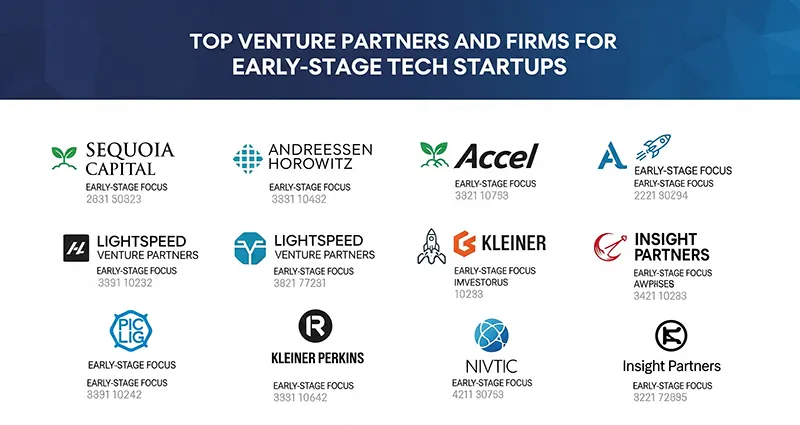Differences between general partners and venture partners in VC firms
General Partners (GPs) and Venture Partners (VPs) are both senior-level roles within a venture capital (VC) firm, but they have distinct responsibilities, levels of commitment, and compensation structures. While GPs are the core, full-time leaders who make final investment decisions, VPs are typically part-time or project-based professionals who provide specialized expertise.
General Partner (GP)
A General Partner is a full-time, permanent member of the VC firm’s leadership team. They are the true decision-makers and carry the ultimate responsibility for the fund’s performance. Their role is comprehensive, spanning the entire lifecycle of a fund.
- Fund Management: GPs are responsible for raising capital from limited partners (LPs), such as pension funds and endowments. They manage the fund’s capital, oversee operations, and are legally and financially liable for the fund’s actions.
- Investment Decisions: They lead the investment committee, making final “yes or no” decisions on which startups to fund. They also determine follow-on investments and sit on the boards of portfolio companies to provide strategic direction.
- Compensation: GPs earn a combination of an annual management fee (typically 2% of the fund’s assets) and a share of the fund’s profits, known as carried interest (often 20%). Their compensation is directly tied to the overall success of the fund.
Venture Partner (VP)
A Venture Partner is a more flexible, often part-time role. VPs are brought in for their specific expertise, network, or deal-sourcing abilities without the full-time commitment and responsibilities of a GP.
- Deal Sourcing & Advising: A VP’s primary role is to find promising













